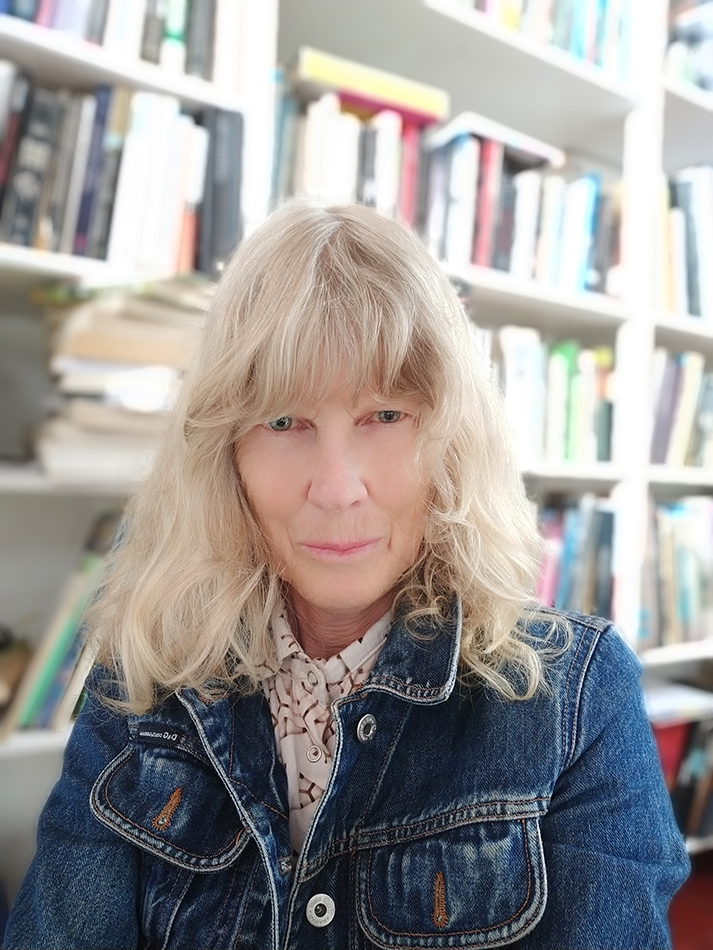What was the first artwork that made an impact on you?
In primary school we were taken on a trip to the bus depot and when we returned to class had to make paintings of what we had seen. A boy called Jamie Ross drew all the buses lined up from the back, so they looked like filled in arcs or the end of a loaf of bread. Everyone else drew their buses from the side so they were long sausage shapes. I was so jealous because I realised Jamie had seen something none of the rest of us had. At that moment I understood that art had to do with noticing what others don’t. Jamie went on to become a doctor but I’ve always been thankful to him for what taught me. It was a moment when I felt my brain literally expand, and I’ve searched for that in works of art ever since
What images keep you company in the studio?
Only my own. The studio is always full of my own paintings in various stages of being made. It’s really enough having to deal with those without being distracted by what anyone else has done. I do have a big art library though, so I’m not short of things to look at, just not in the studio.
What could you imagine doing if you weren’t an artist?
The truthful answer to that is nothing. Of course there are days that I’d rather be doing anything rather than having to return to the studio. But in reality life in the studio is my life. As a child I loved to watch the local grocer carefully stack tins one on top of one another and dreamed of becoming a grocer myself, but then grocers became obsolete. I had a brief moment of wanting to be the first female Prime Minister of our country, but someone beat me to it. I have run cafes and restaurants in the past, but only as a means to an end. I’m fortunate in not minding the loneliness of studio life and being stubborn enough to keep going when I hit the inevitable rough spot that comes in the life of a painter.
What music are you listening to?
I’ve just discovered Big Mamma Thornton and have her Queen at Monterey pretty much on repeat at the moment. Also have just received Soundwalk Collective with Phillip Glass and Patti Smith. I love the new Iggy Pop Free. I listen to quite a bit of shmaltzy country, the Tesky Brothers are filling that spot at the moment, and there’s always an opera disc or two lying around.
What is art for?
I wish I could answer this as elegantly as Hegel did when he said art is “simply a mode of revealing to consciousness and bringing to utterance the Devine Nature”. But since we no longer collectively believe in what that Devine Nature might be, his answer is not much use to us except to point out that what art is for changes as society changes. In traditional societies art was about social cohesion and stabilising belief systems. This meant changes to art-forms were slow moving. Innovation could only be tolerated at the same pace as equally slow-moving social shifts.
In our highly differentiated complex modern societies adaptation is key because change is rapid. Art is linked to our adaptive capacities and so takes part in the way a society evolves. As our human world has come to need accelerated continuous adaptive change in order to survive, our art practices have needed to focus increasingly on innovation and change too. Art has needed to continually offer new ways to see, perceive and feel in order to be part of adaptive human evolution.
So … art is there to rewire our brains and recalibrate our being.
